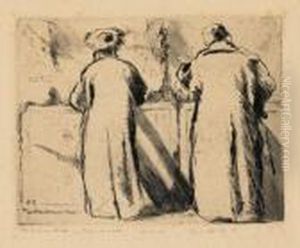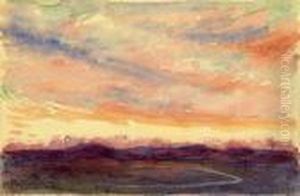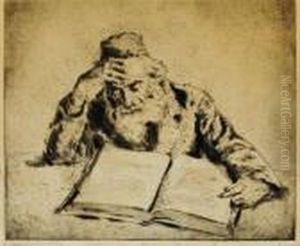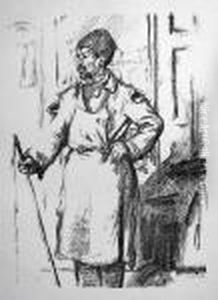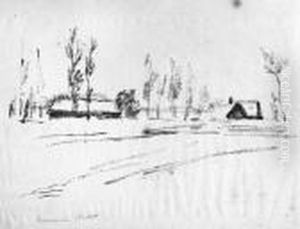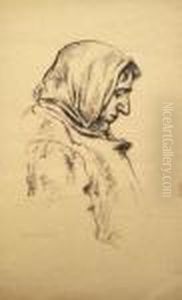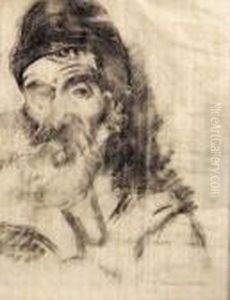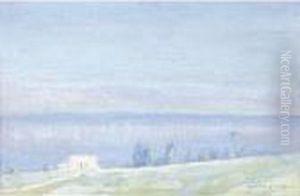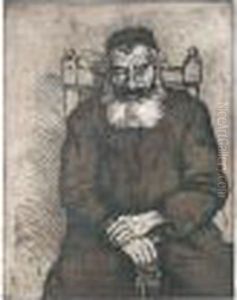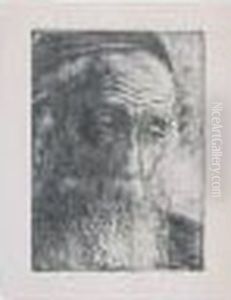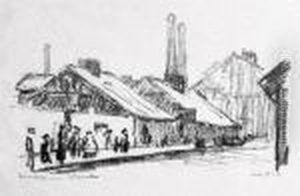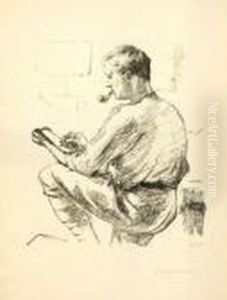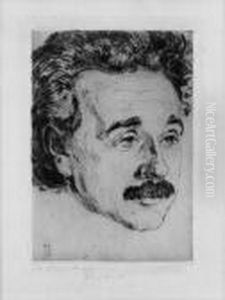Hermann Struck Paintings
Hermann Struck was a German-Jewish artist known for his mastery in the art of etching and lithography. Born Chaim Aaron ben David on March 6, 1876, in Berlin, Germany, Struck developed an early interest in art and went on to study at the Berlin Academy of Fine Arts. He was a student of the famed German painter and printmaker Max Liebermann and later became a teacher himself, instructing notable figures such as Marc Chagall and Lesser Ury.
Struck's work was deeply influenced by his Jewish heritage and his interest in Zionism. Much of his art reflects Jewish life and culture, as well as the landscapes of the various places he visited. He is particularly renowned for his portraits, which capture the essence of his subjects with fine detail and expressiveness.
In 1908, Struck published 'Die Kunst des Radierens' (The Art of Etching), which became a seminal work on the subject and established his reputation as an expert in etching. His art was widely exhibited and collected throughout Europe and beyond.
During World War I, Struck served in the German army and created a series of prints that depicted the experiences of soldiers at the front. His wartime works are characterized by a sense of immediacy and poignancy.
In 1922, Struck immigrated to Mandatory Palestine and became an influential figure in the Yishuv, the Jewish community in Palestine before the establishment of the State of Israel. He settled in Haifa and continued to create art that reflected his surroundings and the people he encountered.
Hermann Struck's contributions to the art world were significant, and his prints are held in high regard for their technical proficiency and their portrayal of early 20th-century Jewish life and culture. He passed away on January 11, 1944, in Haifa, leaving behind a legacy that continues to inspire artists and art enthusiasts alike.
